There have been a variety of high end wide-angle zooms and primes released over the past 4-5 years, but very few in an important demographic – the affordable end of the full frame spectrum. Tamron is looking to address that with their new 17-35mm F2.8-4 Di OSD lens. It sports a nicely weather-sealed body in their mid-grade design along with a solid optical performance. The 17-35mm (A037 is Tamron’s code for the lens, so I’ll refer to it as that mostly in this review) sports a nice size and weight as well, and should definitely be of interest for those with a full-frame camera that are either on a budget or looking for a more compact zoom with a wider maximum aperture than most. I reviewed it alongside the new Tamron 15-30mm f2.8 VC G2 and discovered that there were a lot of viewers and readers that were very interested in this lens as a budget alternative to some of the first party zoom lenses. They liked the price, size, and weight of the lens, but wanted to know if it lived up to its potential. That’s what we are here to discover together in this review, so let’s jump in and find out!
Prefer to watch your reviews? I’ve got you covered with my detailed video review here:
Check me out on: My Patreon: | Google+: | Facebook: | Twitter: | Flickr: | 500px: | Sign Up for My Newsletter :
Tamron A037 Build Quality
I would recommend that you watch this video to get a hands-on, interactive look at the build and design of the lens.
The A037 receives what has become Tamron’s standard design for its mid-grade zoom lenses – similar to the build on the 70-210mm F4 and the 100-400mm F4.5-6.3 VC zooms. There is a similar look to the G2 zooms and SP primes, but the mid-grade zooms substitute engineered plastics for the metal alloys of the G2 zooms. This helps contribute to the lighter weight of these lenses, but it does result in a less premium feel to them.
On an encouraging note, though, this lens has not only a rear gasket for moisture resistance, but also has both internal seals along with a fluorine coating on the front element, which adds up to a fairly robust weather sealing. I think this is particularly important for wide angle lenses that will often be used outdoors.
The 17-35 OSD weights in at 459 grams (about 1 pound), which is slightly lighter than the Canon 17-40mm F4L (500g) or the Canon 16-35mm f/4L IS (615g). Nikon’s 16-35mm F/4G VR lens weighs in at a heftier 680g. It’s important to remember that while the Tamron sports a slightly smaller zoom range than any of these, it also has a larger maximum aperture at most focal lengths. On the wide the maximum aperture of F2.8 lets in twice as much light at the maximum aperture of F4 on the other lenses.
The A037 is also the most compact lens of the group. It is 3.29″ (83.6mm) in diameter and 3.65″ (92.5mm) in length. It employs a common 77mm front filter thread (all four of these wide angle zooms share that filter size).
One area that the Tamron loses is when it comes to maximum magnification/reproduction. Minimum focus distance is 11″ (27.94mm), which is actually a hair better than the other lenses), but the magnification is 0.20x, a bit behind the 0.23-0.25x figures the other lenses come up with respectively. When I see that, it makes me think that there is a little focus breathing taking place at close focus distances, and that the lens behaves as one with a shorter focal length at close focus. This is a fairly unimportant metric on a wide angle lens like this, however. The 0.20x figure is useful enough to give you some creative options for framing like these:
The lens is not internally zooming; it extends a small amount (4-5mm) when at the 17mm position, though it also extends a small bit (maybe 3mm) when at 35mm. The fully retracted position is about 26mm. The amount of extension is actually very small, but you will note a “dipping” in and out as you go through the zoom range. This makes “zoom creep” essentially a non-issue, because the lens neither extends much nor zooms in a linear direction. There is no “zoom lock” on the lens, nor is one needed. The image below shows the maximum extension at 17mm – not much, to be sure.
The zoom ring is closest to the camera and operates smoothly. It should be noted that both rings rotate in the “Nikon” rather than the “Canon” direction. I’ll touch more on the behavior of the focus ring in the OSD section below. There is a single switch located at about the 10 o’clock position that switches between AF and MF.
All in all this lens gets the job done with the build. It’s not a pro-grade build, but neither is there anything actually wrong with it, either. It comes with an included, petal-shaped lens hood. What it doesn’t come with is Tamron’s VC, or vibration compensation, a decision that, frankly, surprised me.
Optimized Silent Drive
Tamron has debuted yet another new focus motor on the A037. This one is called Optimized Silent Drive (OSD). This focus motor has both some strengths and weaknesses. While not completely silent (you can hear a faint scratching noise as the elements move if you listen closely), it is quiet and quick in operation. I found autofocus confident on my Canon 5D Mark IV test body, quickly locking onto the subject without pulsing. All focus happens internally without any external changes in length or rotation (no issues with circular polarizers). There’s not really a whole lot to criticize in terms of the autofocus itself, though there are a few other issues.
The first is that OSD (surprisingly) does not offer full time manual override. There is a lot of drag on the focus ring if you try to use it with AF engaged, which is a clear sign that you would be fighting against the clutch mechanism of the autofocus motor to try to use it that way. If you turn the AF switch to the MF position, the focus ring goes to the opposite extreme, with almost no resistance at all. It doesn’t really damped at all, and, while it moves extremely easily, there isn’t enough friction on it to make it particularly useful for precision manual focus. A Zeiss manual focus ring this is not!
There also isn’t any kind of distance window on the lens. When I first saw this, I surmised that this was some type of stepping motor, but that isn’t actually the case. With a stepping motor, input on the focus ring with the lens disconnected or the camera powered off does nothing to move the elements, but that clearly isn’t the case here. I’m left to conclude that the lack of a distance window is more of a design element, and very likely a cost saving one.
I essentially think of this focus motor as being a rich man’s version of the older, cheaper micro motors. It lacks the sophisticated manual focus override of the better USD (UltraSonic Drive) motors, and the manual focus ring lacks essentially any kind of positive tactile feedback, but it also focuses quickly and quietly. It isn’t buzzy or coarse like those older motors. The “optimized” part of the name may refer to the behavior in Live View mode or video Servo AF, where the motor seems to make fairly smooth transitions without pulsing or “nervousness”. It works well in Live View, though focus speed is clearly slower and more “optimized” for gradual, smooth transitions rather than the abrupt ones that work better for traditional focus.
There’s a number of positive things about this focus motor, but neither am I deceived into thinking that it is a premium focus system. It may be more practical for modern photography than the older USM motor of, say, the Canon EF 17-40mm F/4L, however, despite that lens’ ability to do full time manual override.
Yes, I did use the Tamron 17-35mm F2.8-4 OSD lens via adapter on both the brand-new Canon EOS R mirrorless system along with my Sony a7R3 (via the Sigma MC-11 mount converter). It should be noted that the lens was neither developed for either system nor has Tamron worked at specifically testing and developing for those platforms with the A037, but I was pleasantly surprised in both cases. On the EOS R the lens essentially performed as well as it did on the 5D Mark IV. Autofocus was quick, accurate, and image quality was excellent. I also found that continual AF in video capture was surprisingly good. Transitions were smooth, and the lens was not “jittery” or pulsing during continuous AF. I did note with major focus changes that there was some clearly audible focus noises, though smaller changes are essentially silent. The focal length works pretty well for video work on the EOS R, and the light weight of the lens itself makes it a natural pairing there for stills, too. You can see some video footage from the combination in the video review, and here’s a few EOS R/EF Adapter/A037 sample photos:
I essentially expected this (at least for stills) on the EOS R, but I was more surprised with the a7R3/MC-11 combination with both new Tamron lenses, where the performance was generally excellent for stills photography. As a rule, I don’t find that any lenses outside of some Sigma ART series lens do very good in AF-C mode during video with the MC-11, so I didn’t really focus on that. But for stills photography I was pleasantly surprised, as the lens didn’t really give me any hiccups in either AF-S or AF-C modes. While I didn’t use it extensively on that platform, I did try the combo for a hike, and I had no observable issues.
So, while this focus motor does not feel like a premium focus system, it gets the job done with little to complain about…unless you need to do manual focus.
Tamron A037 Image Quality
The best way to get a sense of the behavior of this lens is by watching this detailed image quality breakdown video. It will take you in closer and is a better medium for sharing that information.
In my reviews, I break image quality down under two main headings: Resolution and Rendering. Under resolution I deal with things like sharpness, contrast, and show the vignette/distortion characteristics of the lens. But I recognize that there is more to image quality than just how “sharp” a lens is, so I also break down the rendering, including the color rendition, bokeh quality, coma performance, flare resistance, and ability to control chromatic aberrations.
A037 Resolution
The good news is that this is a very sharp lens across the focal range, and that sharpness is largely accessible at wider apertures. There essentially two optical shortcomings with the A037: a fairly heavy vignette (not quite as bad as the Canon EF 16-35mm F2.8L III, but definitely worse than the Tamron 15-30mm F2.8 G2) and a pronounced barrel distortion at 17mm in particular. You can see both on display here, but also the fact that the standard profile in Lightroom does an effective job of correcting for both:
There are two potential things to watch out for despite this. The first is that if you are a JPEG shooter, this Tamron lens is not compatible with aberration correction on Canon or Nikon bodies, which means that the camera will not clean up the distortion or vignette in camera for JPEGs like it will for first party (Canon or Nikon) lenses. The second potential issue is with correcting vignette at high ISO values. There is a risk of introducing noise into the image as a result of lifting corners significantly. A prime example will be when shooting astrophotography, something the lens is otherwise quite good at. The comparison below shows how that applying the Lightroom profile on an ISO 6400 night sky image definitely introduces some destructive noise where it has corrected for the vignette:
To be fair, however, I do think the profile overcorrects the vignette in this case, so I would recommend manually backing the vignette correction slider back a bit and allowing for a more natural looking result like this (I have the Lightroom vignette slider at 68, if you’re interested).
At 17mm and F2.8 the lens delivers a very sharp center with good sharpness extending to everywhere save the extreme edges/corners. The heavy vignette somewhat obscures the edge sharpness, but it is definitely there:
I also saw good evidence of centering, with both edges looking roughly similar.
Stopping down to F4 shows that now even the extreme corners are sharp, something you are definitely NOT going to see with the Canon 17-40mm at F4. Here are both extreme upper corners, which also shows the good centering performance of the lens:
Stopping down to F5.6 or F8 produces highly detailed landscape images, though some vignette persists through F5.6. Real world images look great, though:
At 20mm there is still some barrel distortion, though it is reduced by the less extreme focal length. Vignette continues to be an issue, however. Resolution (particularly on the edges) is noticeably improved, however, with near peak performance available at F2.8:
I’m also delighted by the fact that the lens is still F2.8. Some variable aperture zooms hold their larger aperture values very briefly. The 17-35mm doesn’t hit F4 as the maximum aperture until around 31mm, which is a nice change of pace. F3.2 arrives around 21mm and F3.5 at roughly 25mm.
Stopping the lens down to F5.6 reduces vignette (though not completely), but if you look past that you can see that the edges are essentially as sharp at F2.8 and they are at F5.6, which is to say excellent:
As expected, real world 20mm results look brilliant:
At 24mm the distortion is gone but the vignette remains. What is also true is that sharpness profile across the frame is almost perfectly consistent. The lens is deadly sharp at 24mm F3.2 and compares favorably here with all the more expensive zooms.
You can squeeze a bit more sharpness out it when you stop down to landscape apertures, though what you will mostly see is a lift of the vignette that allows the textures to appear crisper.
As expected, real world shots look great considering the optical performance at 24mm:
At the end of the focal range (35mm), the maximum aperture is only F4, but sharpness remains strong. There is a very mild amount of pincushion distortion, but enough to make a real world impact. Vignette is also less pronounced. There is little difference between center and edge sharpness; both are excellent:
At landscape apertures like F5.6 you have great sharpness across the frame, as the edge crop from this landscape image shows:
It’s not difficult to produce stunning landscape images with this lens. Here’s one that I did a little processing on:
A037 Rendering
We’ve essentially already detailed the shortcomings of the A037. The lens delivers very nice color. Perhaps not the extreme excellence of some Zeiss lenses, but certainly very nice:
The lens does show a little bit of ghosting with the sun at certain positions in the frame, but contrast holds up and I never found the lens’ flare debilitating to the capture of images.
A 17-35mm variable aperture lens is hardly going to be a world champ for producing bokeh, but neither did I see anything off-putting about the defocused areas that I could produce. Bokeh looks pretty decent:
The Tamron 15-30mm F2.8 G2 does suffer from some lateral chromatic aberrations, but I saw no chromatic aberrations of either the lateral or longitudinal varieties in any of my tests. You can see no lateral CA in these bare branches against a bright sky:
Another strength of the lens is an extremely low incidence of coma. Comatic aberrations cause a deformation of distant bright points of light (like stars), causing them to elongate, grow “wings”, or become football shaped. The A037 actually does an exceptional job with this and shows as low of levels of coma as I’ve seen. As I mentioned previously, the vignette of the lens is a liability for the lens in shooting the night sky, but coma is definitely not! Here’s a “nightscape” along with some crops to show the crisp center of frame star points along with extreme upper corner points that still look very good.
This is one distinctive advantage over the F4 lenses, as having twice the light transmission at 17mm makes this a much more interesting option for astrophotography.
All in all, this lens is really solid optically. I wish it had less vignette, but that’s the compromise of building a more compact lens. I share a few more random shots below, and you can catch even more by visiting the image gallery here.
Conclusion
The Tamron 17-35mm F2.8-4 Di OSD is a lens that initially left me wondering, “why?” when I was sent the announcement of its development. Tamron has been putting their VC (Vibration Compensation) in almost every new lens release, and I was surprised that they would release this lens without it. I was also surprised that this wasn’t a lens for mirrorless, as Tamron had both full frame and APS-C covered with their 15-30mm F2.8 VC G2 and 10-24mm VC lenses – both of which have been very well received. A lens without VC made for Sony FE, for example, makes sense (like the 28-75mm F2.8 RXD lens), as does the compact nature of this lens (and I do hope that Tamron develops something similar for Sony where it might be even more compact and could be supported with lens correction profiles in-camera).
But as I thought about it further, this lens began to make more sense. I began to view it more as a competitor to the lenses I’ve mentioned in this review, and realize that many full frame photographers have few quality options at this price point. The Canon 17-40mm F/4L is both old and optically outdated at this point, and the 16-35mm F/4 options from Canon and Nikon are considerably more expensive. The A037 comes to market at a $599 USD MSRP and has the smallest, lightest build while also giving a wider maximum aperture over most of the focal range. In the future occasional sales will almost certainly bring that price closer to $500, which is a true bargain for the optical performance of this lens. I don’t love the focus motor, though it gets the job done, and I don’t love the vignette of the A037, but that’s hardly unique to this lens. I do love the resolution, low coma and chromatic aberrations, and good color rendition. You get a lot of the performance of the 15-30 G2 in a much less extreme package. Don’t get me wrong – the 15-30 G2 is the superior lens, but not everyone needs its more extreme strengths and bulk. If you are looking for a moderately priced, high performing wide angle zoom for your Canon or Nikon DSLR, this lens is well worth a look. It also works well on the Canon EOS R and (after firmware update) Nikon Z bodies via their respective adapters.
Pros:
- Very strong sharpness across focal range and image frame
- Very low levels of coma
- Larger maximum aperture at most focal lengths than competing zooms
- Chromatic aberrations well controlled
- Good color rendition and contrast
- Nice consumer grade build with thorough weather sealing
- Lighter weight and more compact than competing lenses
- Excellent price
Cons:
- Heavy vignette
- Some strong barrel distortion at 17mm
- No full time manual override and lifeless manual focus
- No VC
Gear Used:
Purchase the Tamron 17-35mm OSD @ B&H Photo | Amazon | Amazon Canada | Amplis Foto (Canada – Use Code AMPLIS52018DA for 5% off) | Amazon UK | Amazon Germany | Ebay
Canon EOS 5D Mark IV (5D4): B&H Photo | Amazon.com | Amazon Canada | Amazon UK
Sony a7R III Camera: B&H Photo | Amazon | Amazon.ca | Amazon UK | Ebay
Peak Design Slide Lite: Peak Design Store | B&H Photo | Amazon | Amazon Canada | Amazon UK
Sony a6500: B&H Photo | Amazon | Amazon.ca | Amazon UK | Ebay
Peak Design Leash Strap: Peak Design Store | B&H Photo | Amazon | Amazon Canada | Amazon UK
BenQ SW271 4K Photo Editing Monitor – B&H Photo | Amazon | Amazon.ca | Amazon UK
Adobe Photoshop Creative Cloud 1-Year Subscription
Alien Skin Exposure X2 (Use Code “dustinabbott” to get 10% anything and everything)
Purchasing your gear through B&H and these links helps fund this website and keeps the articles coming. You can also make a donation here if you would like. Visit my Amazon page for some of my gear of choice! Thank you for your support.
Great News! I can now offer a 5% discount on all purchases at Amplis Foto, Canada’s Leading Photographic Supplier. Please enter discount code: AMPLIS52018DA in your cart. It is good for everything in your cart, and is stackable with other coupons, too! It will take 5% off your entire order! Proceeds go towards keeping this site going and providing you with new reviews!
Check me out on:
My Patreon: | Google+: | Facebook: | Twitter: | Flickr: | 500px: | Sign Up for My Newsletter :



Canon EOS R Banner
Use Code “DUSTINHDR” to get $10 off ($15 CDN) Luminar and/or AuroraHDR
Keywords: Tamron 17-35 OSD, A037, Tamron 17-35, Tamron 17-35 Review, Tamron 17-35 OSD Review, Tamron 17-35mm F2.8-4 Di OSD, Tamron OSD, 17-35, 17-35mm, OSD, F2.8-4, Review, Dustin Abbott, Photography, Video Test, Comparison, Test, Sample Images, Resolution, Chromatic Aberration, Autofocus, Canon EOS 5D Mark IV, Canon 5DIV




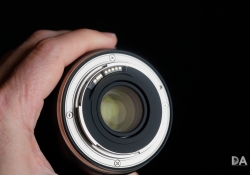
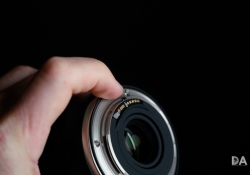
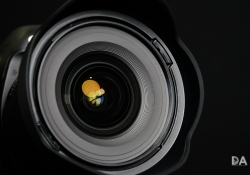
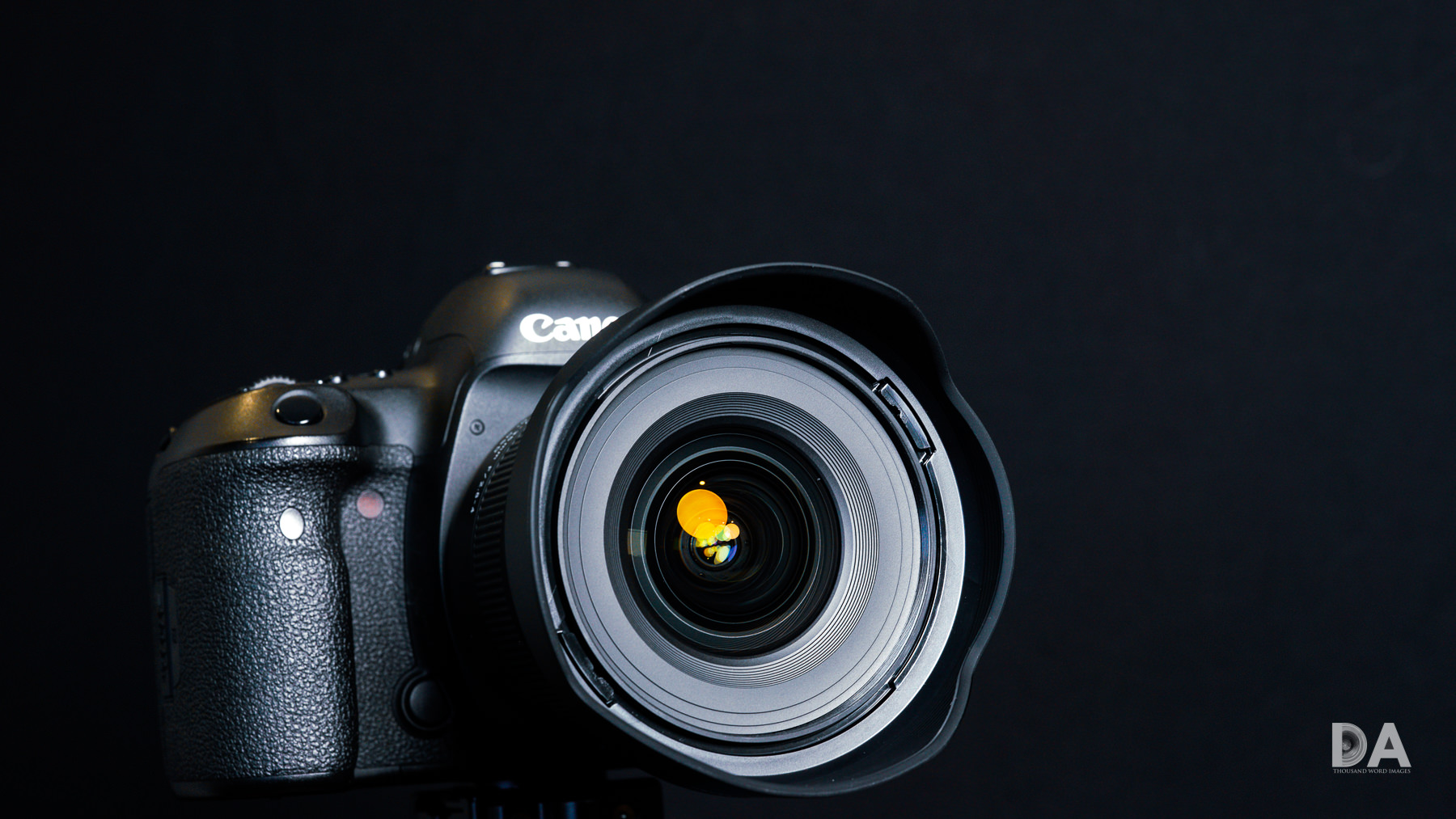






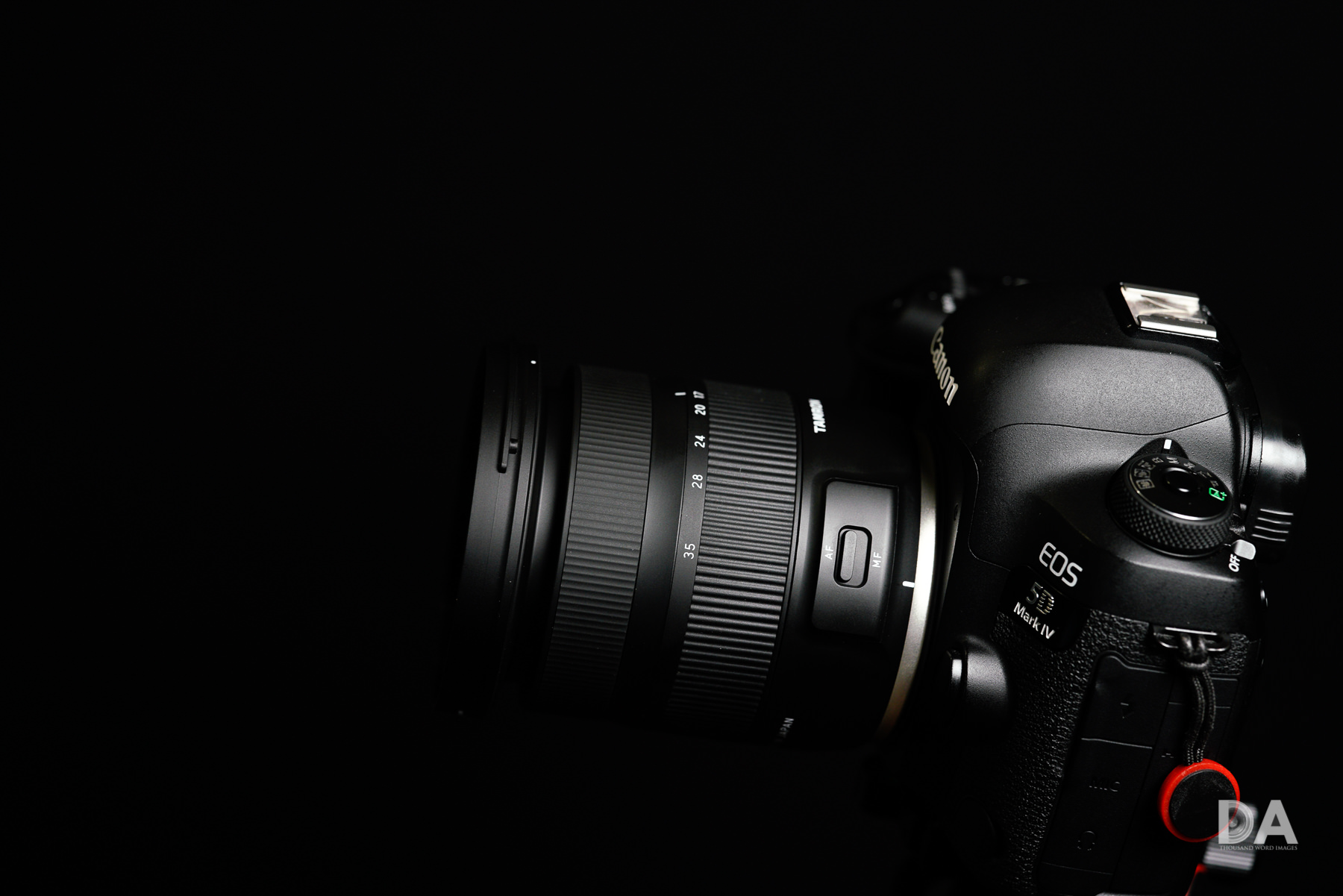
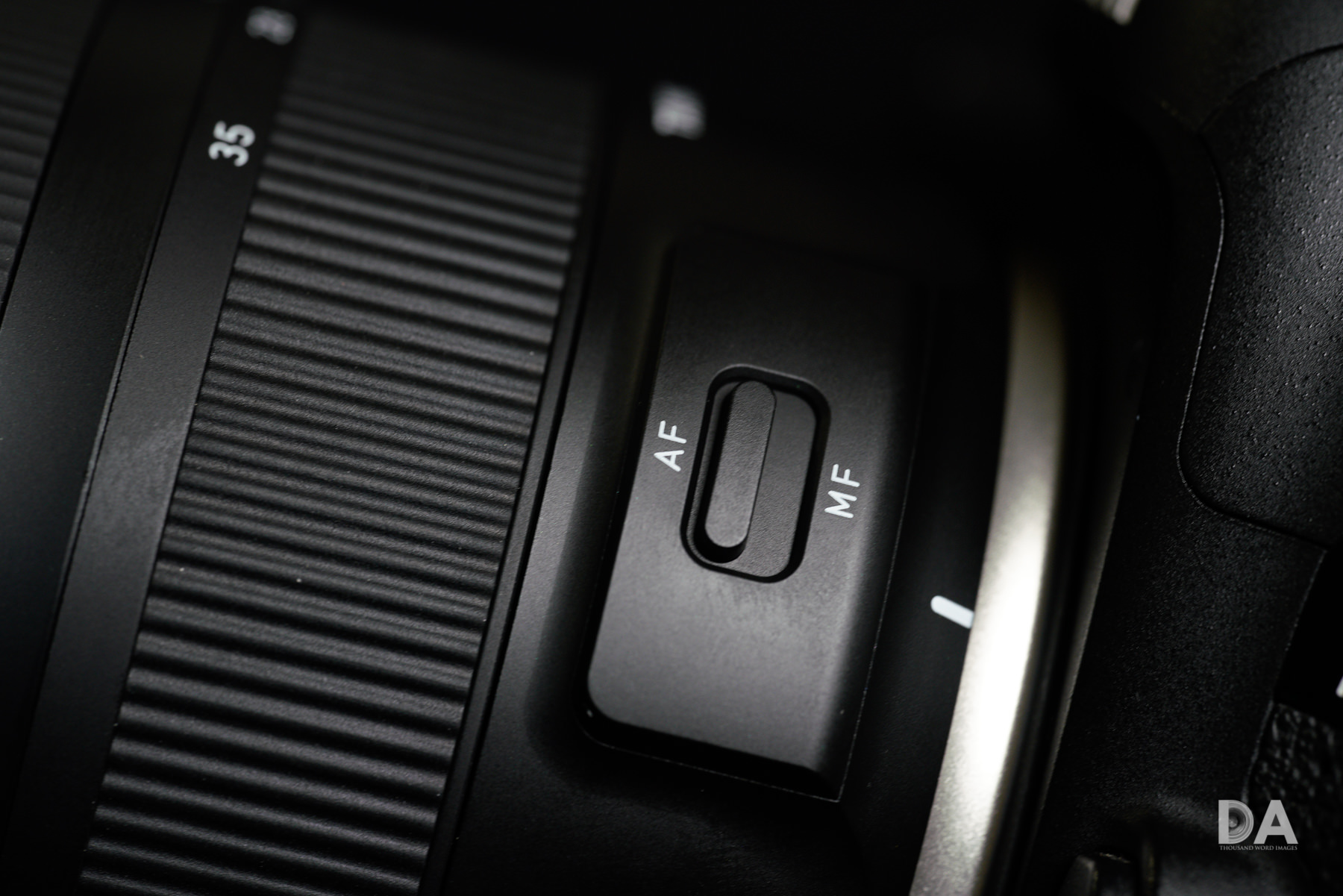
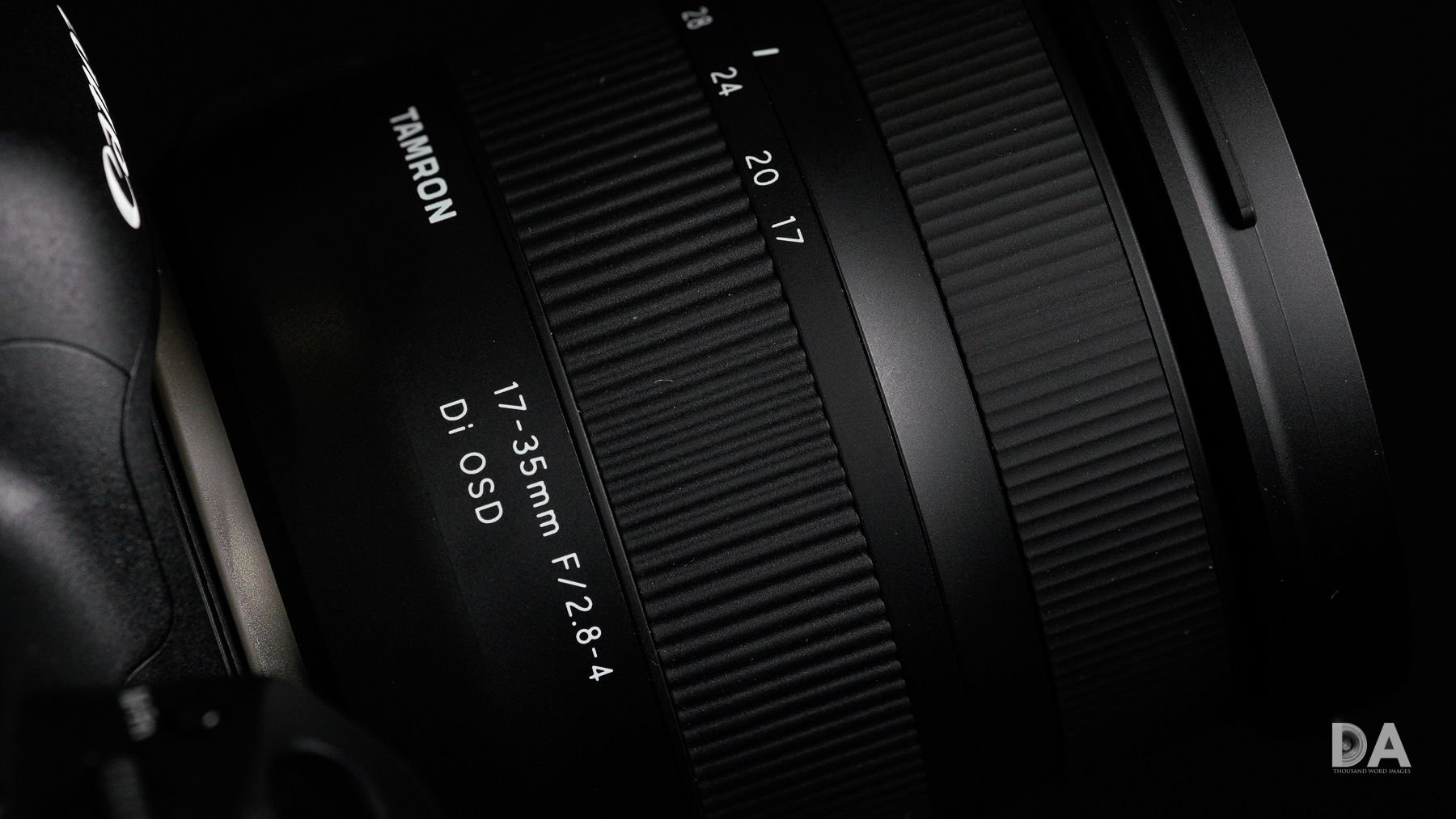
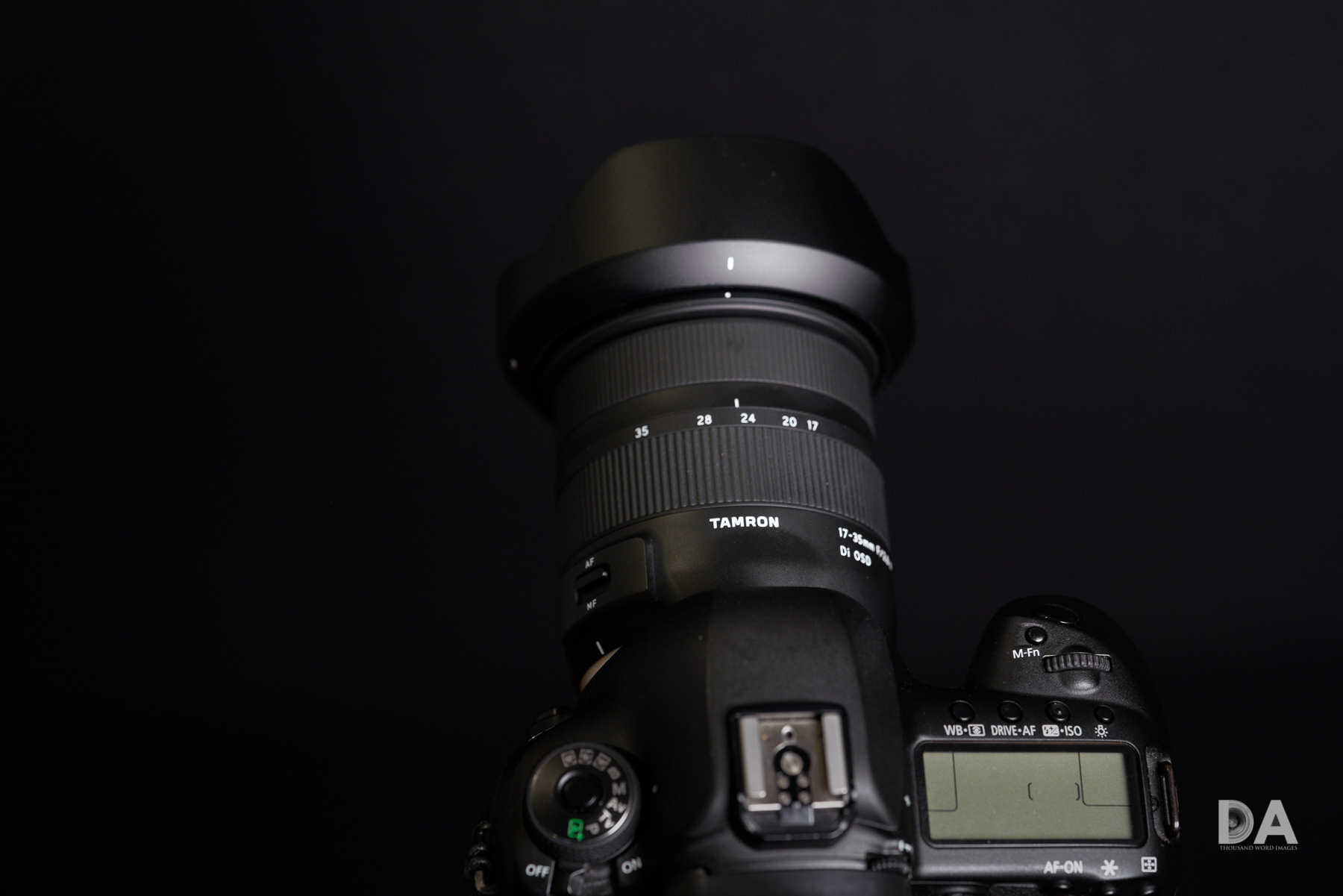












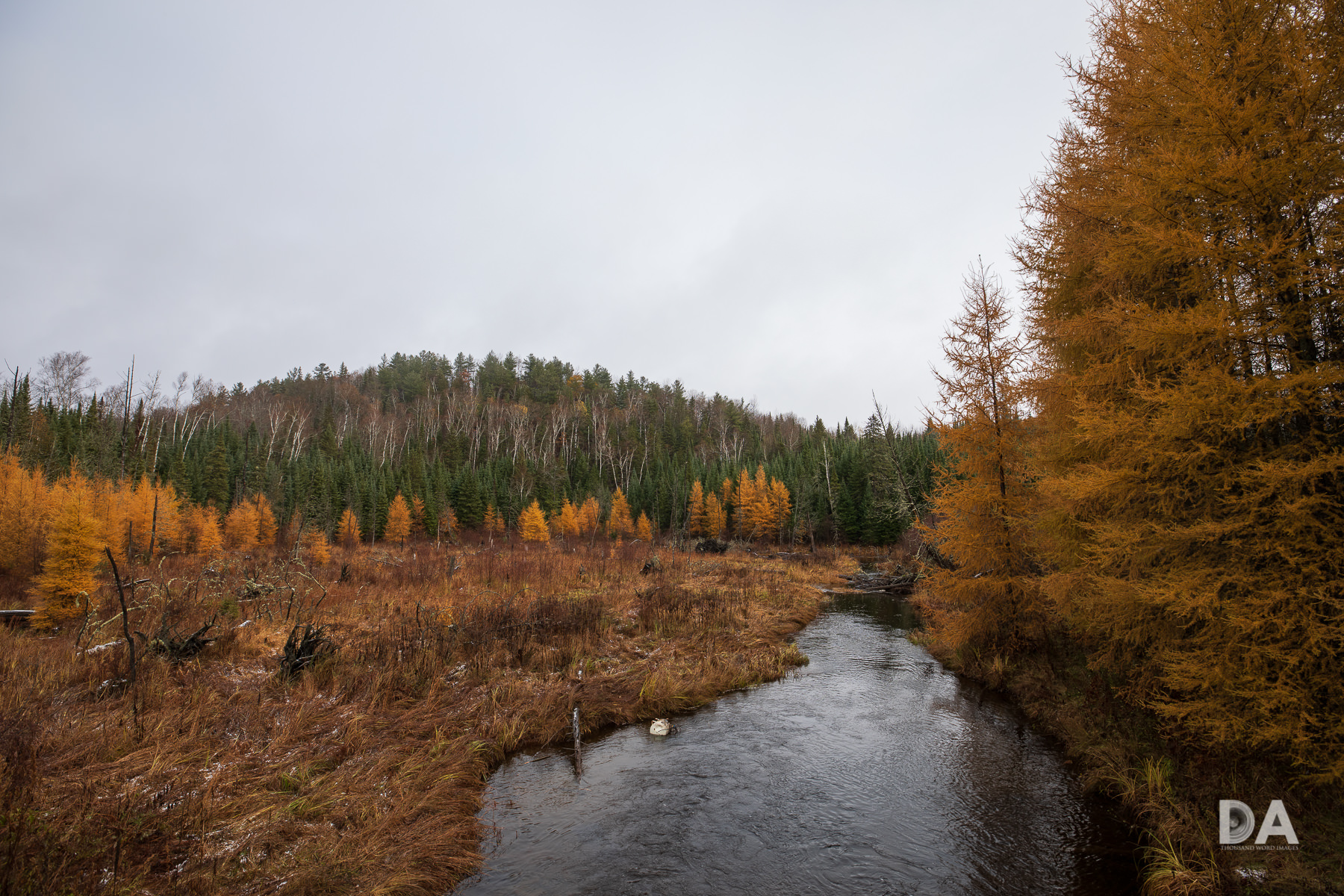
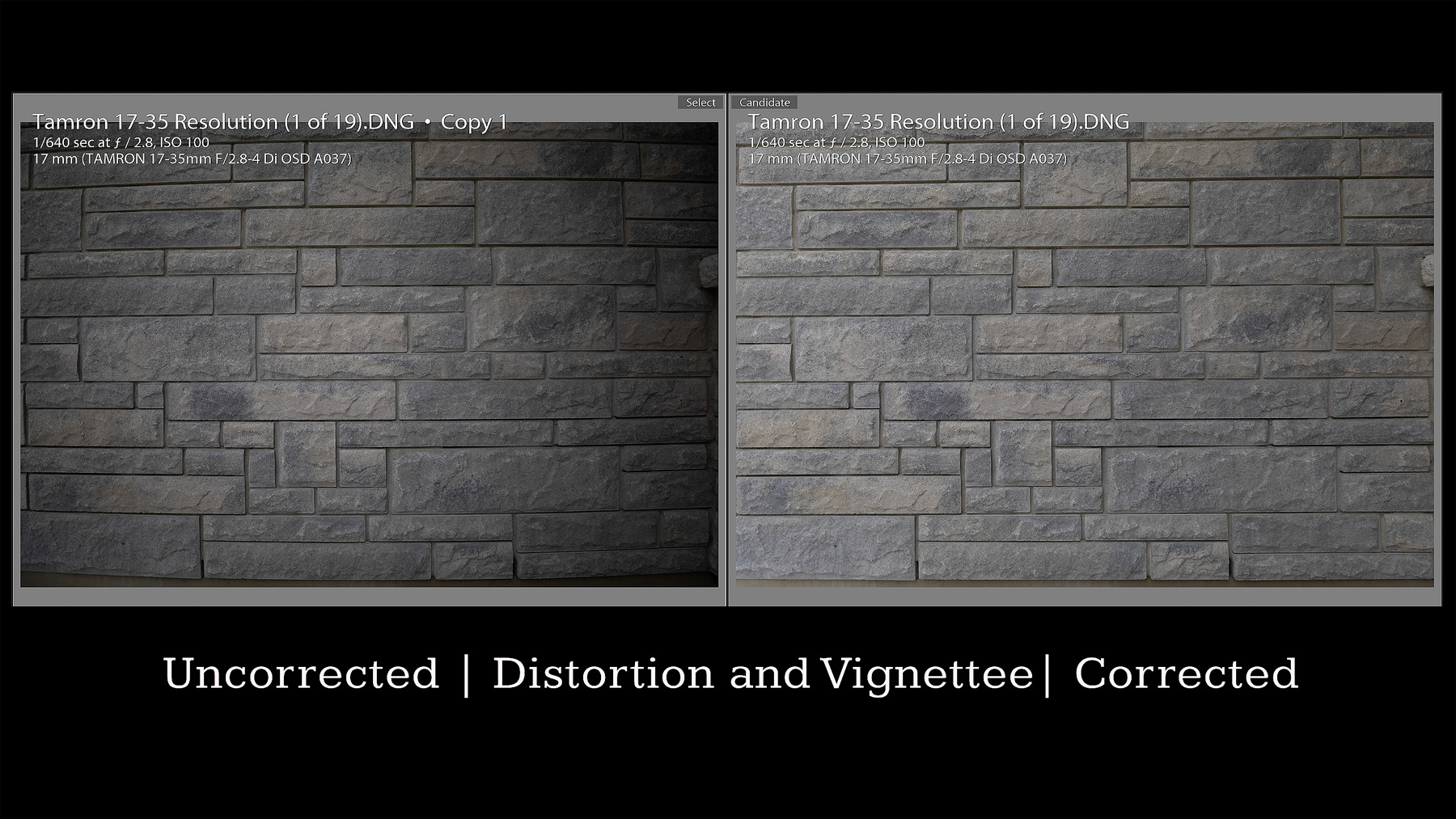
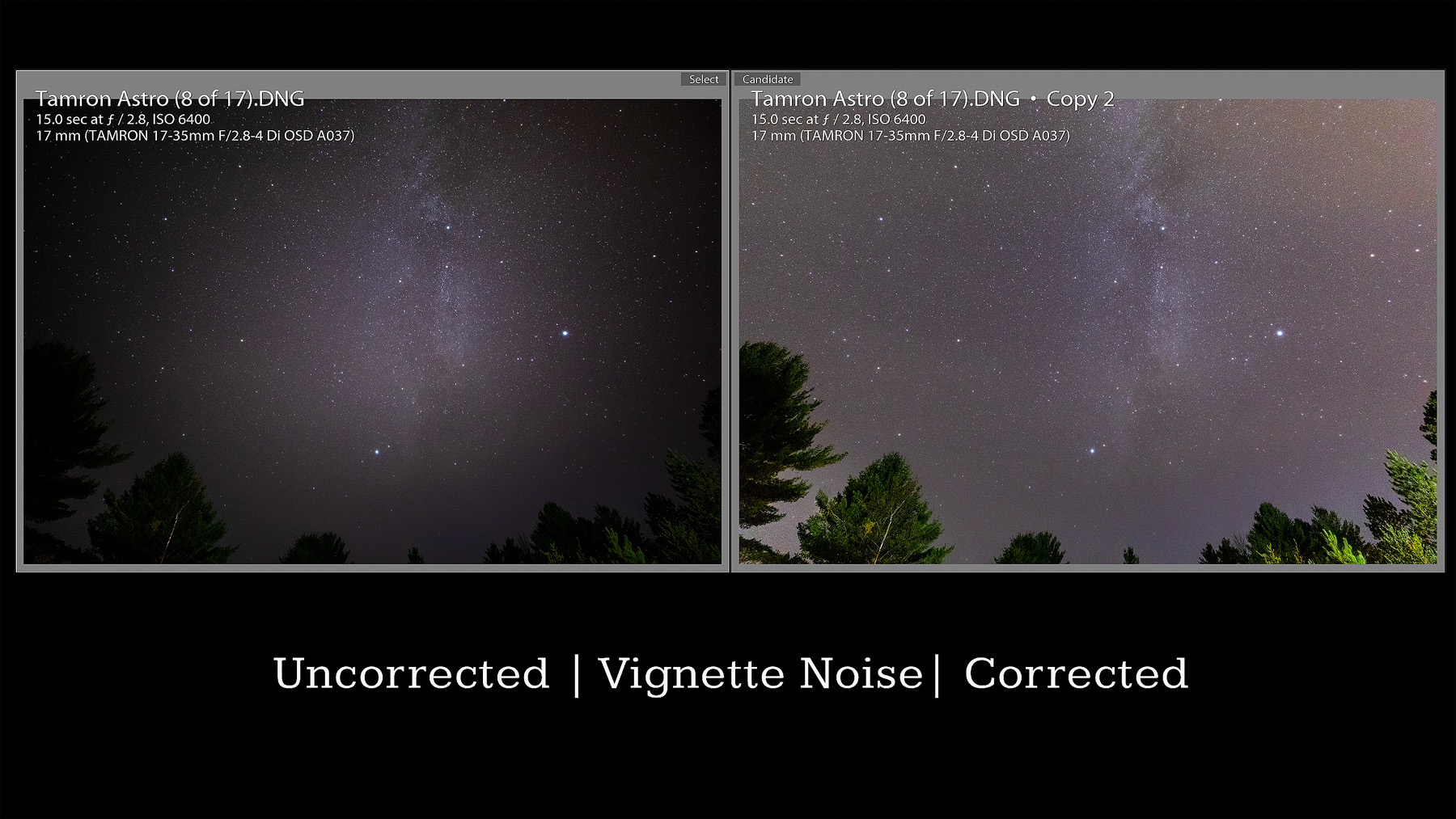
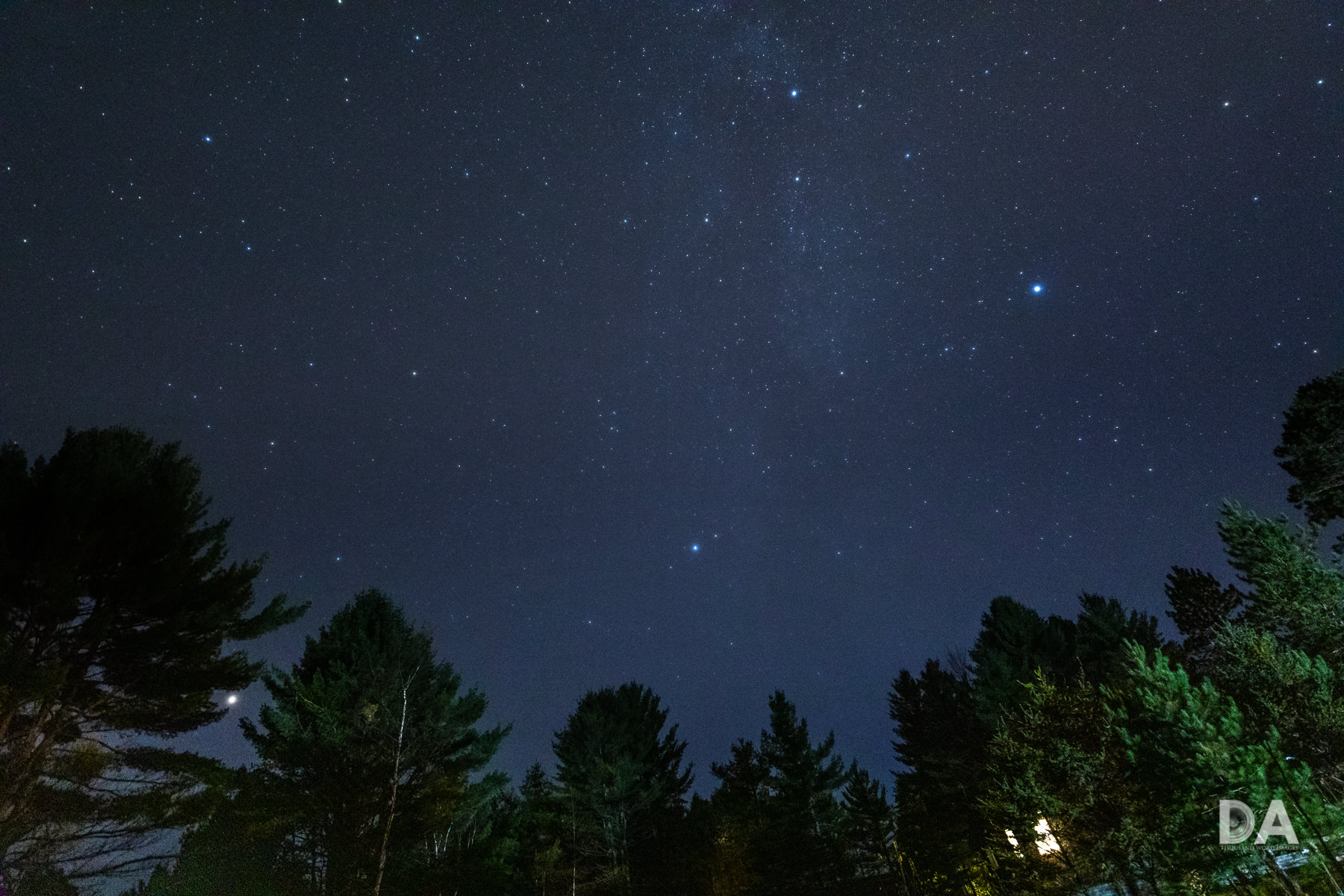
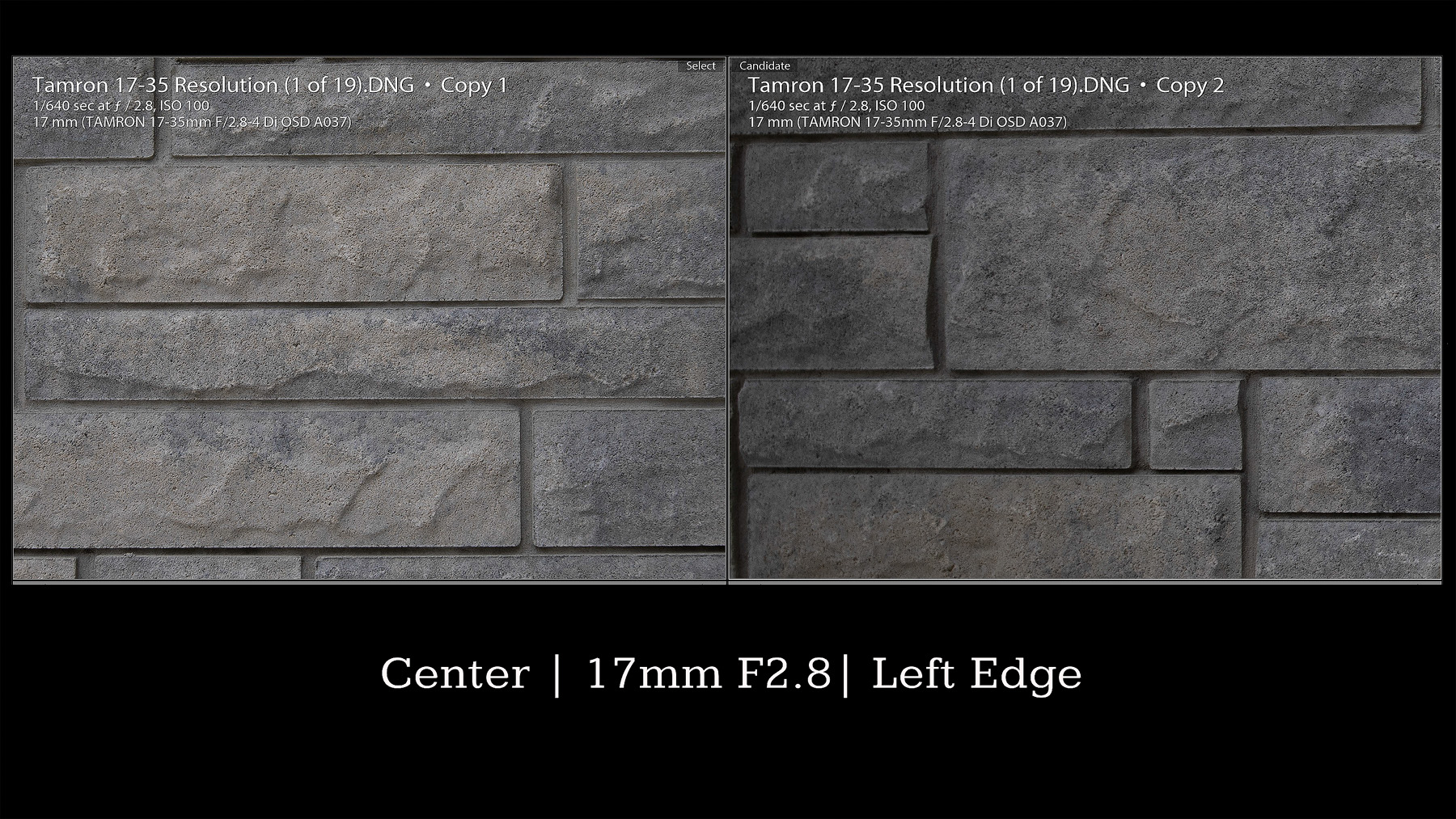
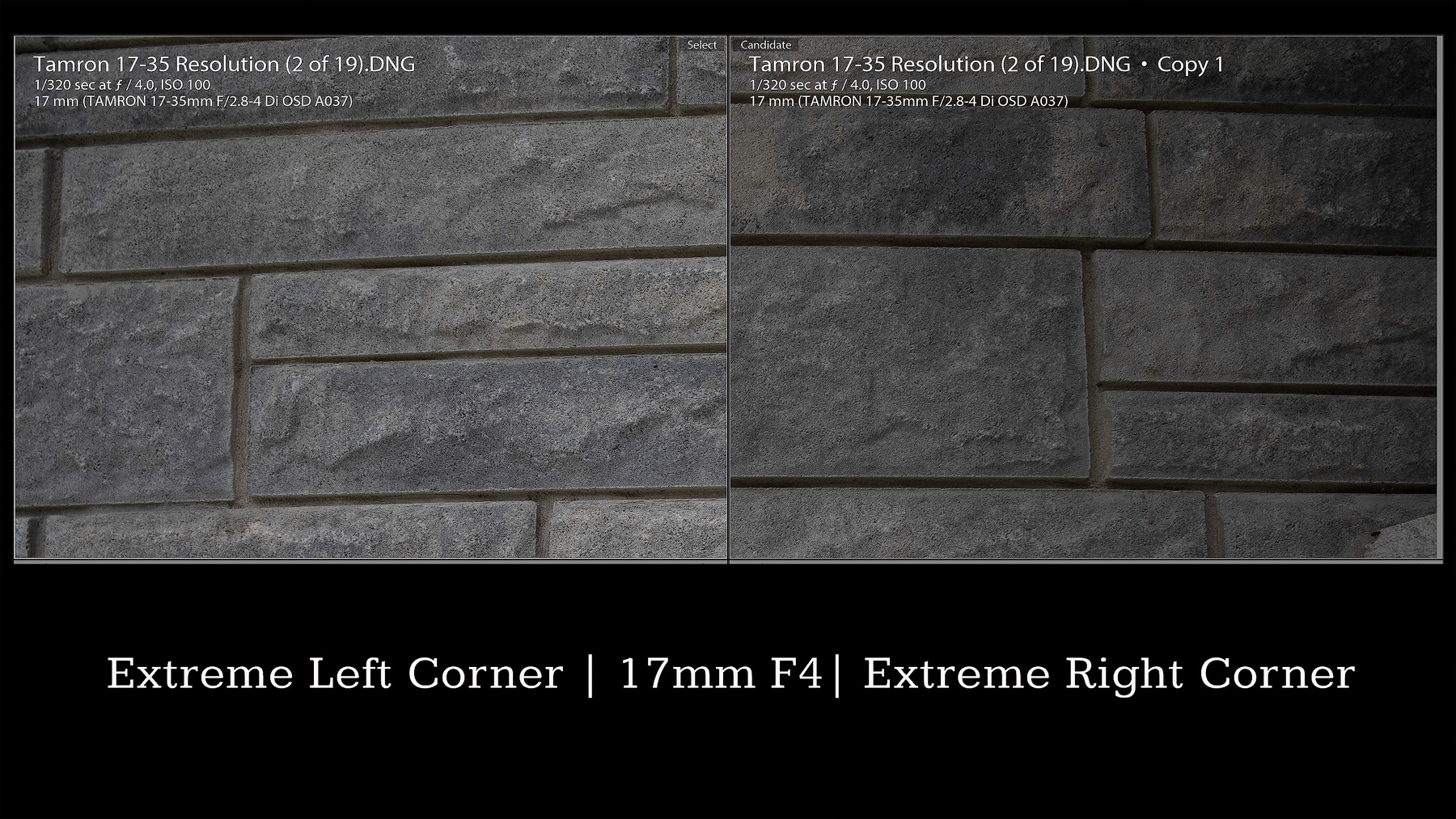



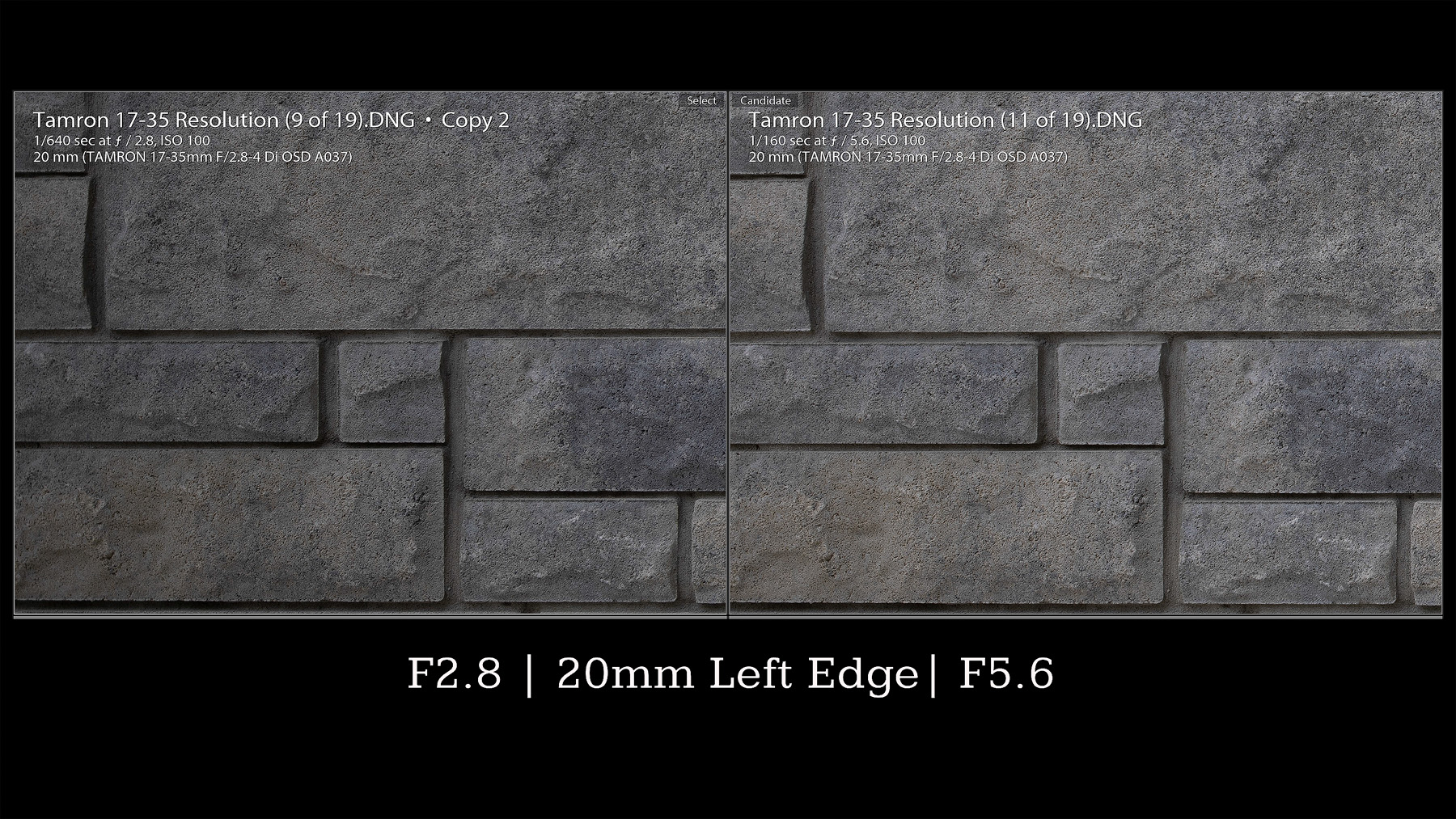

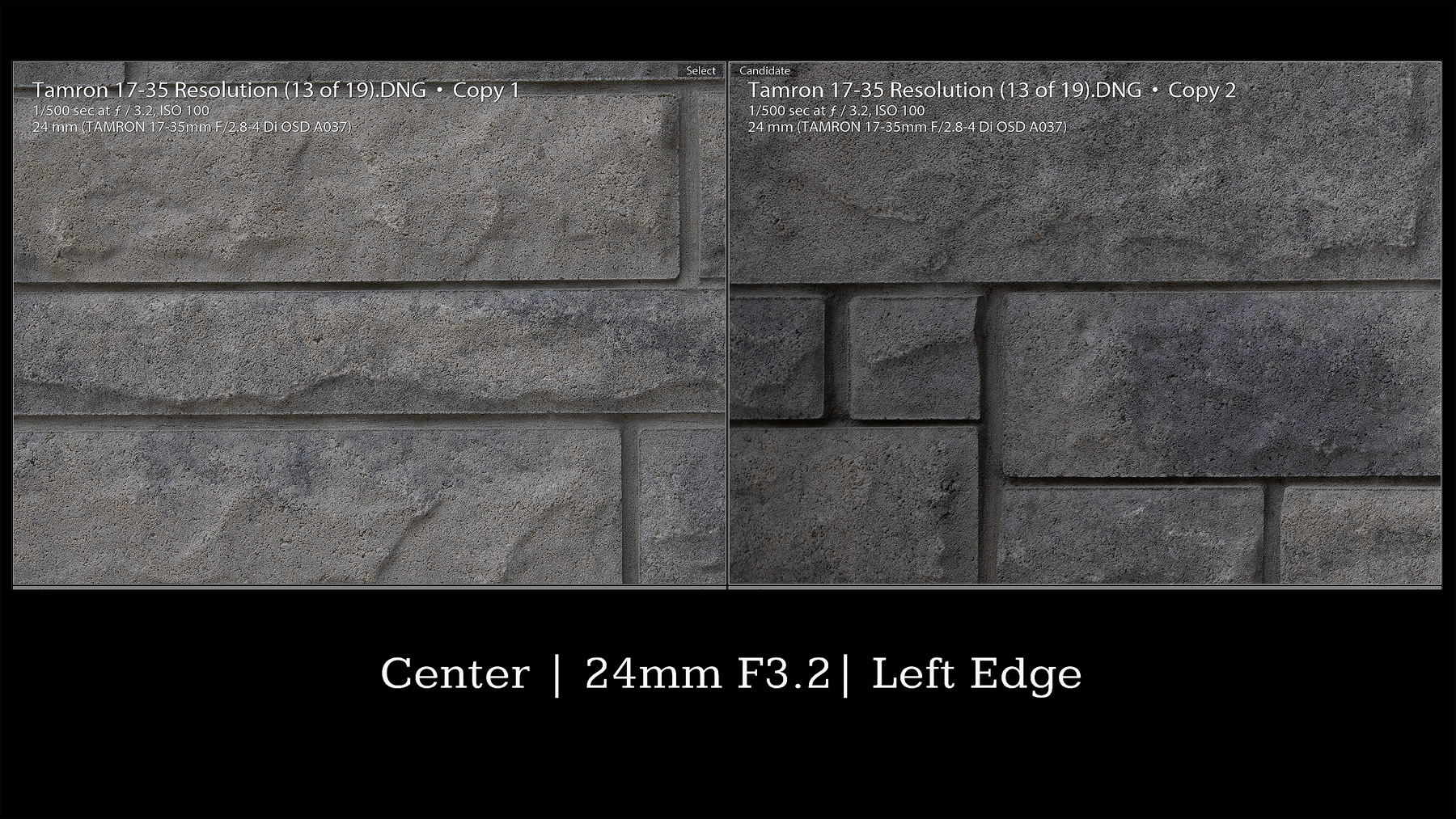
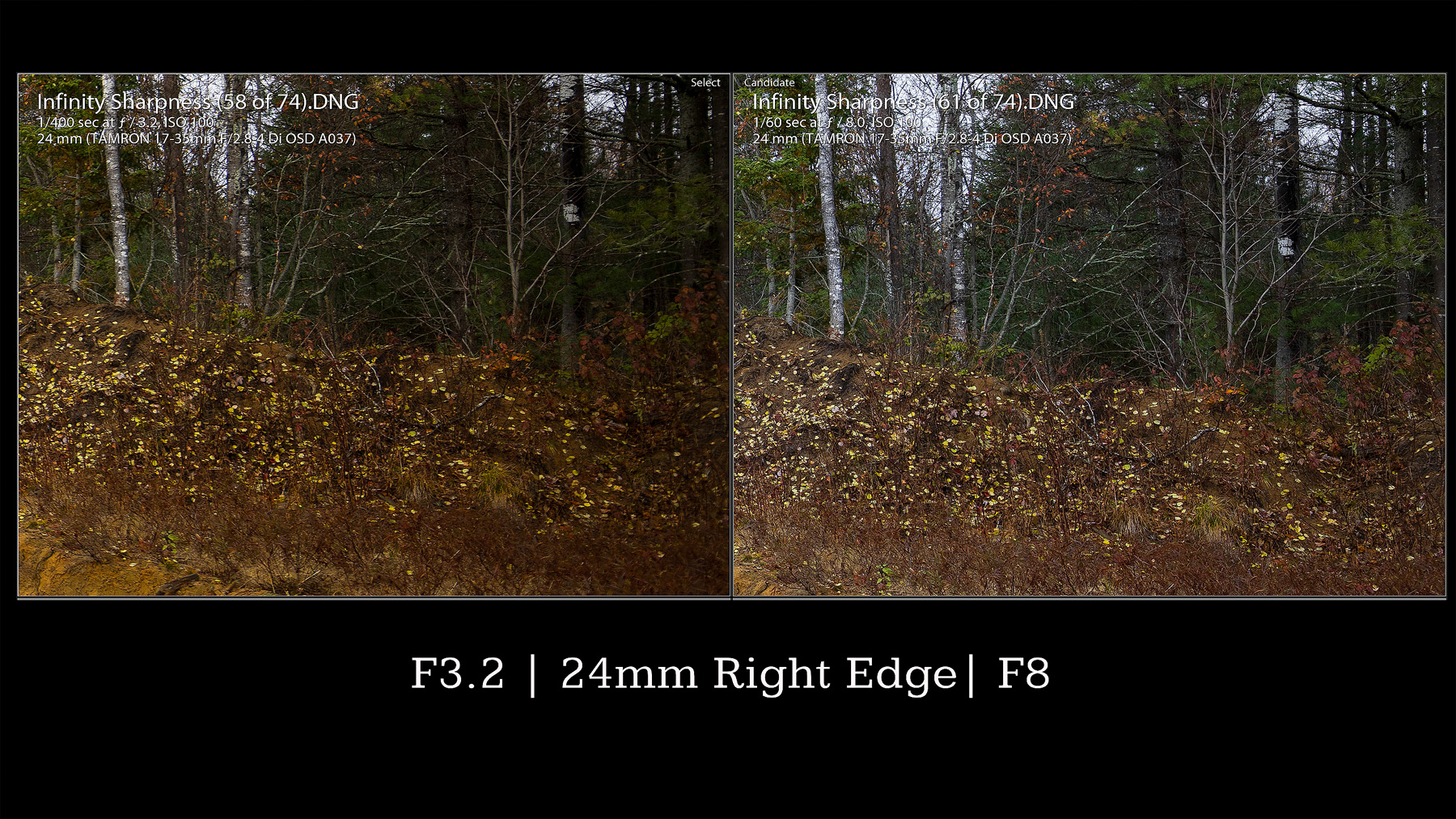

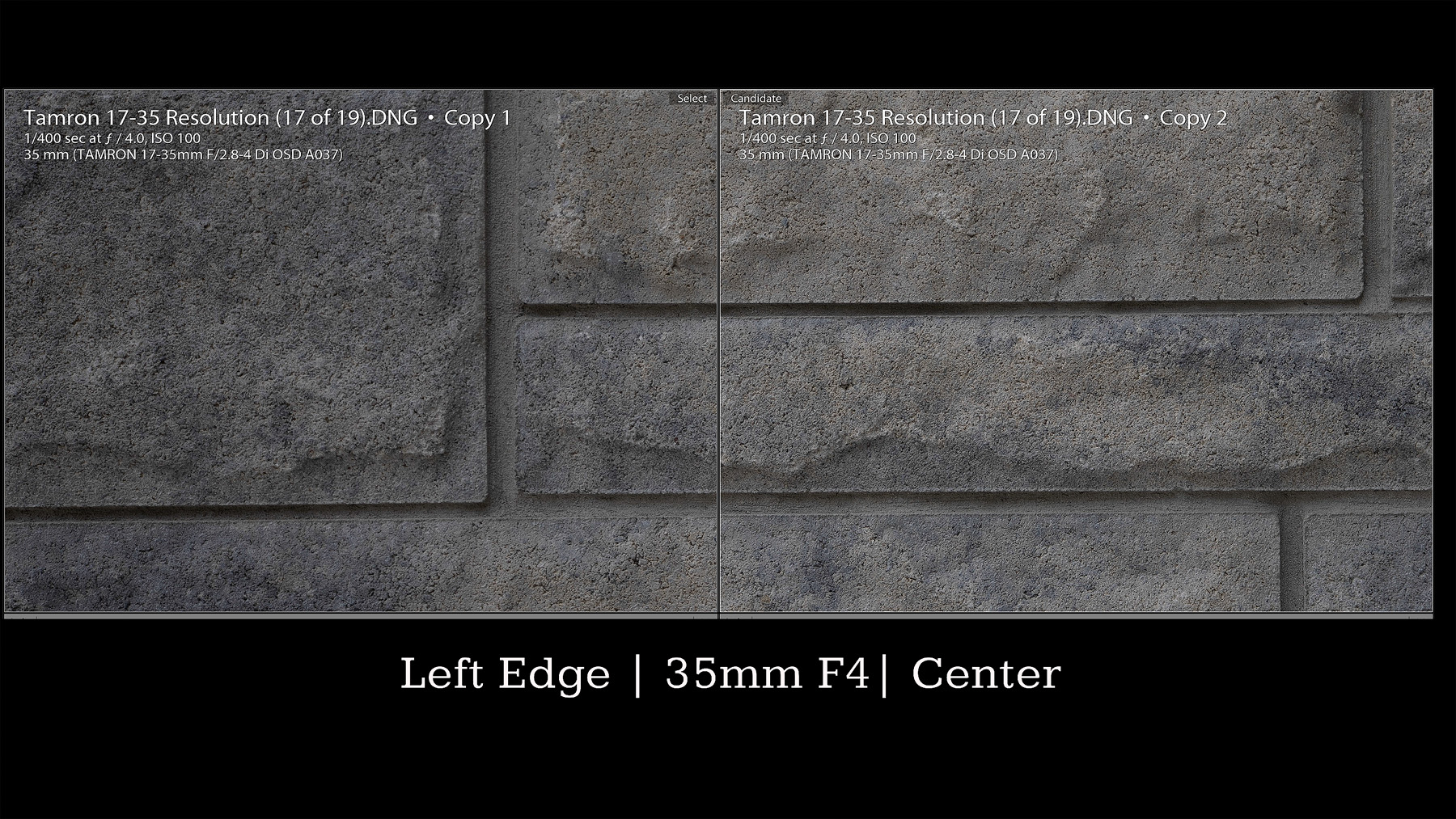
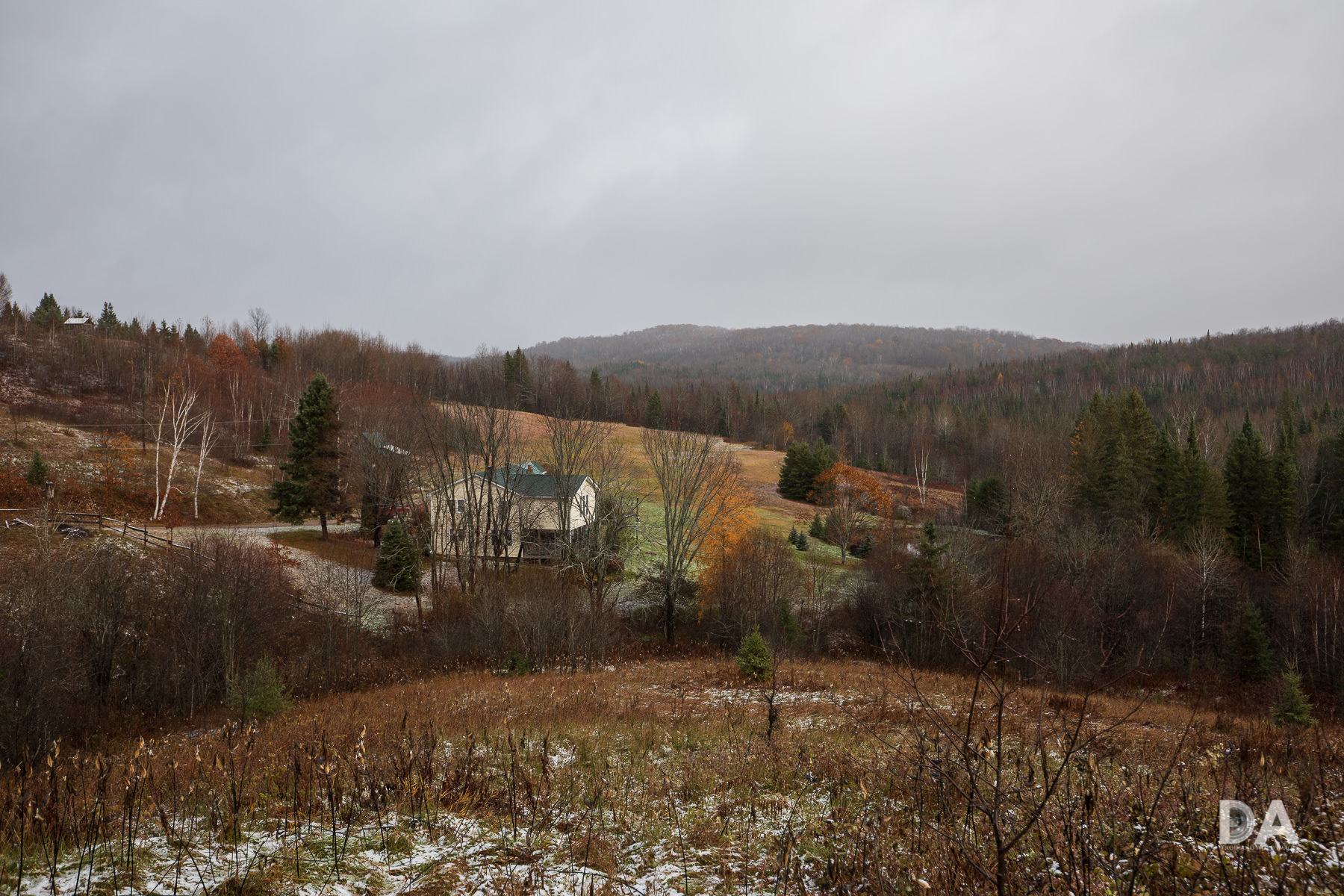
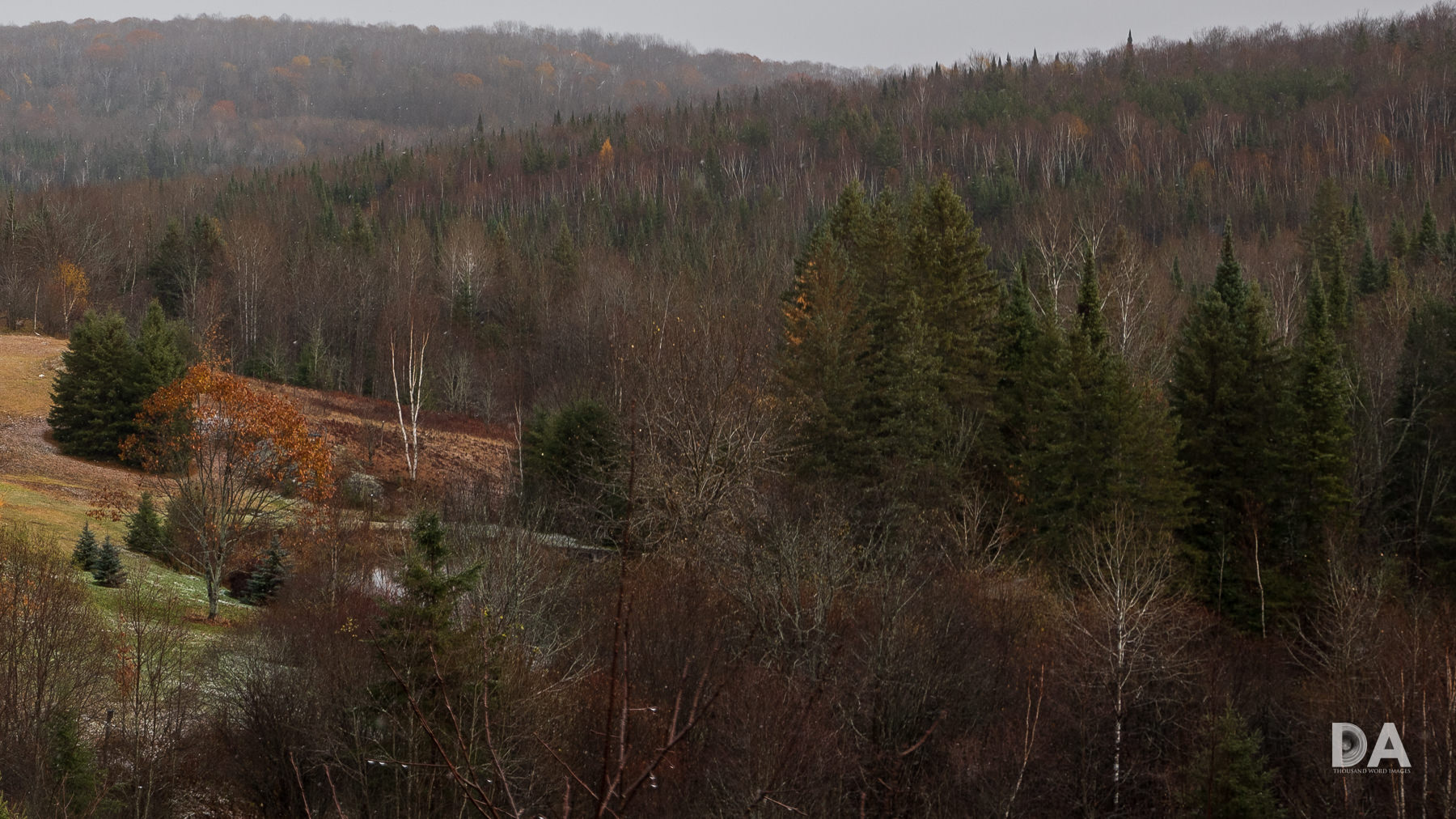













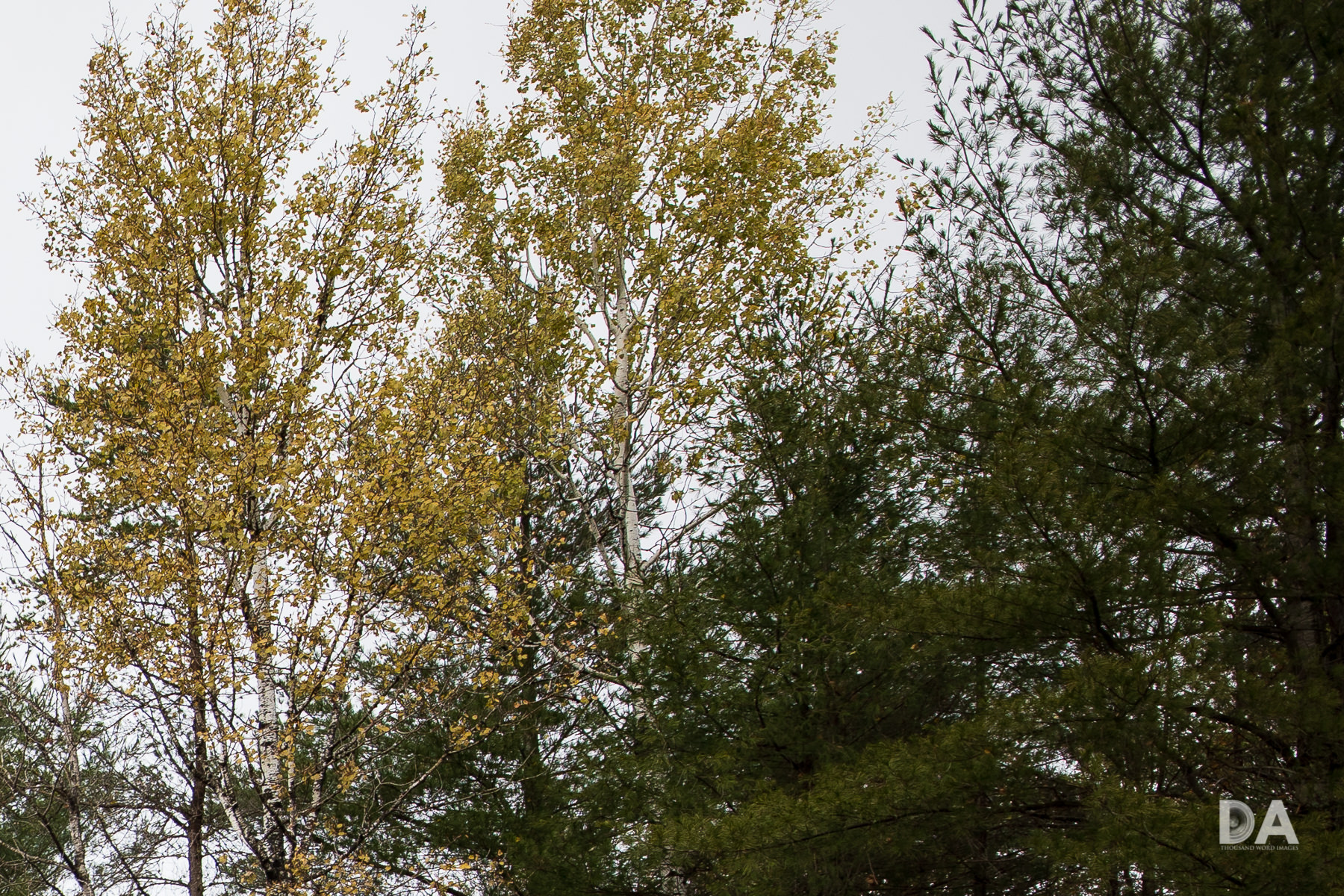



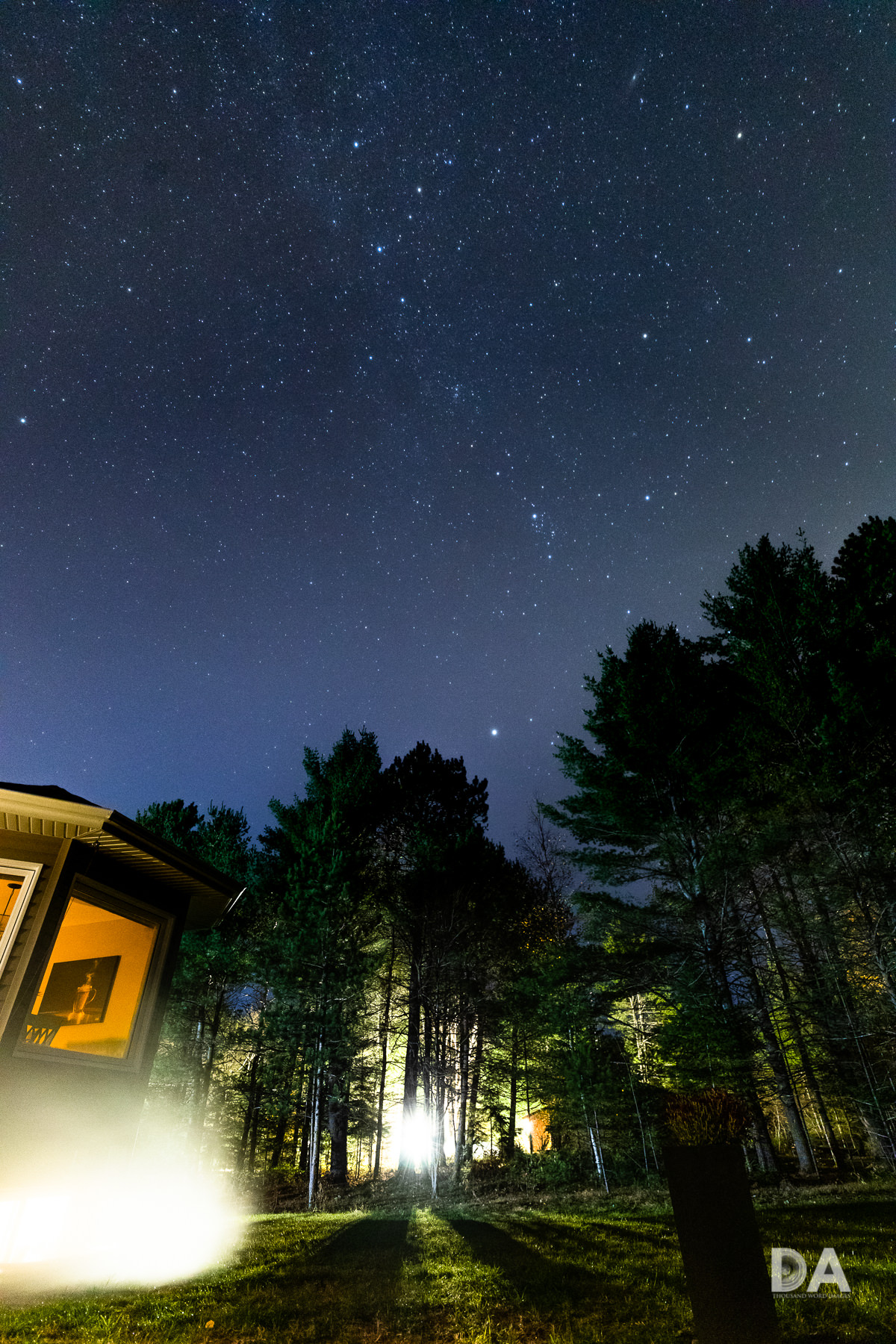













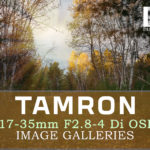
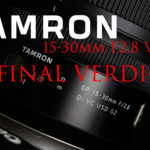







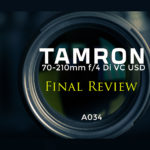
[…] Dustin Abbott […]